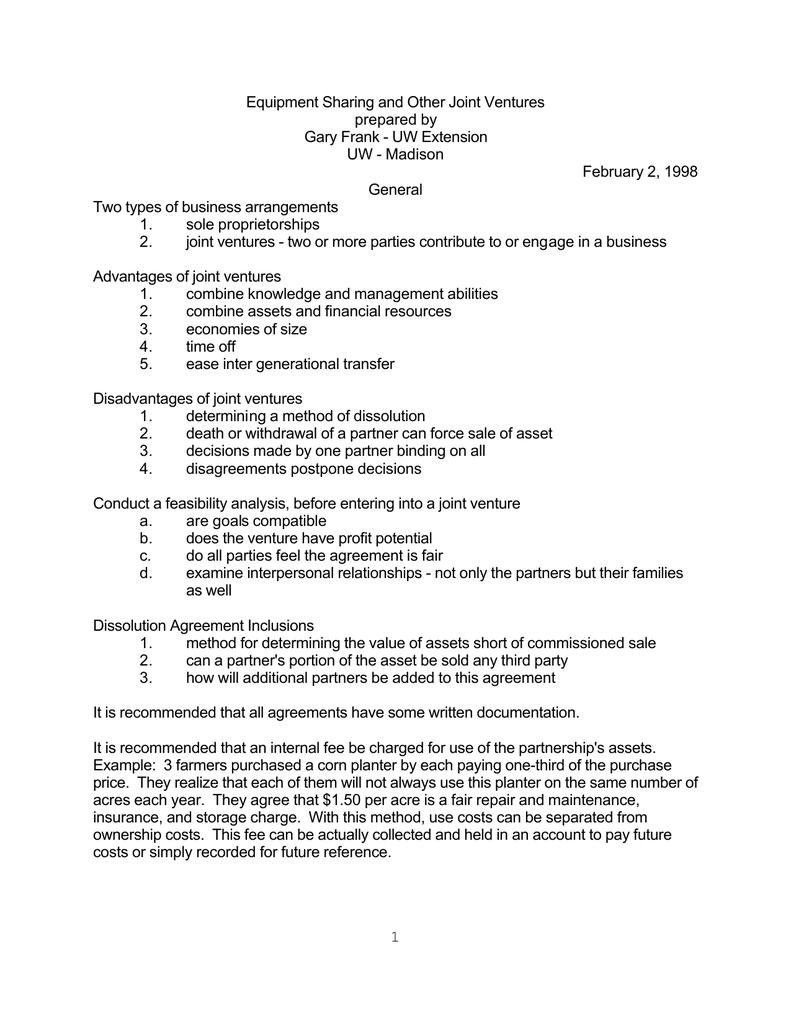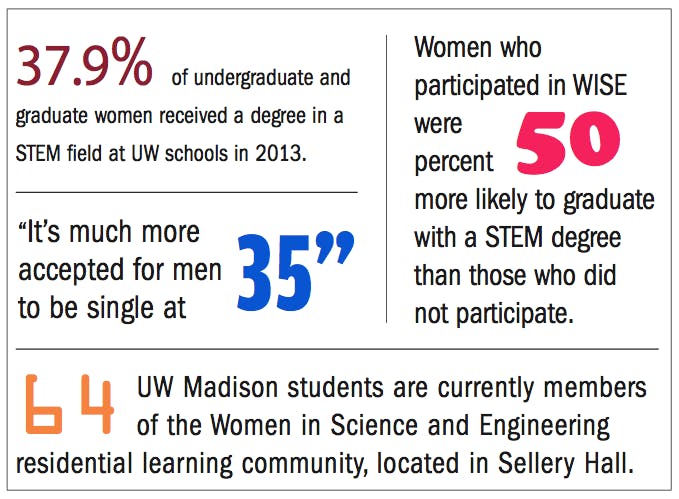

- Uw madison microsoft word how to#
- Uw madison microsoft word software#
- Uw madison microsoft word license#
- Uw madison microsoft word plus#
If you’re not sure which documentation system to use, ask the course instructor who assigned your paper. The way that you credit your source depends on the documentation system you’re using. And in the case of both general and field-specific common knowledge, if you use the exact words of the reference source, you must use quotation marks and credit the source. If in doubt, be cautious and cite the source. For instance, you may not need to cite a reference to Piaget’s developmental stages in a paper for an education class or give a source for your description of a commonly used method in a biology report–but you must be sure that this information is so widely known within that field that it will be shared by your readers.


It may include facts, theories, or methods that are familiar to readers within that discipline. In general, factual information contained in multiple standard reference works can usually be considered to be in the public domain.įield-specific common knowledge is “common” only within a particular field or specialty. General common knowledge is factual information considered to be in the public domain, such as birth and death dates of well-known figures, and generally accepted dates of military, political, literary, and other historical events. You do not need to cite a source for material considered common knowledge. If a source provided any of these, you need to acknowledge the source. Ideas: An author’s ideas may include not only points made and conclusions drawn, but, for instance, a specific method or theory, the arrangement of material, or a list of steps in a process or characteristics of a medical condition. Information: If a piece of information isn’t common knowledge (see #3 below), you need to provide a source. If you use an author’s specific word or words, you must place those words within quotation marks and you must credit the source.Įven if you use your own words, if you obtained the information or ideas you are presenting from a source, you must document the source.
Uw madison microsoft word how to#
This handout is intended to help you use source materials responsibly and avoid plagiarizing by (a) describing the kinds of material you must document (b) illustrating unsuccessful and successful paraphrases (c) offering advice on how to paraphrase and (d) providing guidelines for using direct quotations. The University takes plagiarism seriously, and the penalties can be severe. This means you need to be careful not to plagiarize: “to use and pass off (the ideas or writings of another) as one’s own” ( American Heritage Dictionary) or, in the words of the University of Wisconsin’s Academic Misconduct guide, to present “the words or ideas of others without giving credit” (“Plagiarism,” ¶ 1).
Uw madison microsoft word license#
The UWare service is a collaboration between UW Purchasing and UW Information Technology to provide the University of Washington with a cost-effective way to license and distribute widely used software.When you write at the college level, you often need to integrate material from published sources into your own writing. Microsoft Windows, Mac, HP, Sun, IBM and Linux Graphics, Visualization, Statistics, Business Intelligence

Siemens NX (formerly Unigraphics NX), Siemens Solid Edge Linux, Microsoft Windows, Mac OSX, Solaris Statistical Analysis focused on visual analytics
Uw madison microsoft word software#
Uw madison microsoft word plus#
SAS Statistical Packages plus JMP – Free and Annual Subscriptions.UW Chief Information Security Officer (CISO).


 0 kommentar(er)
0 kommentar(er)
